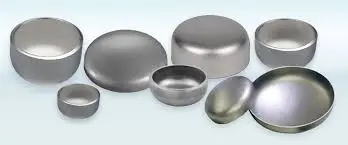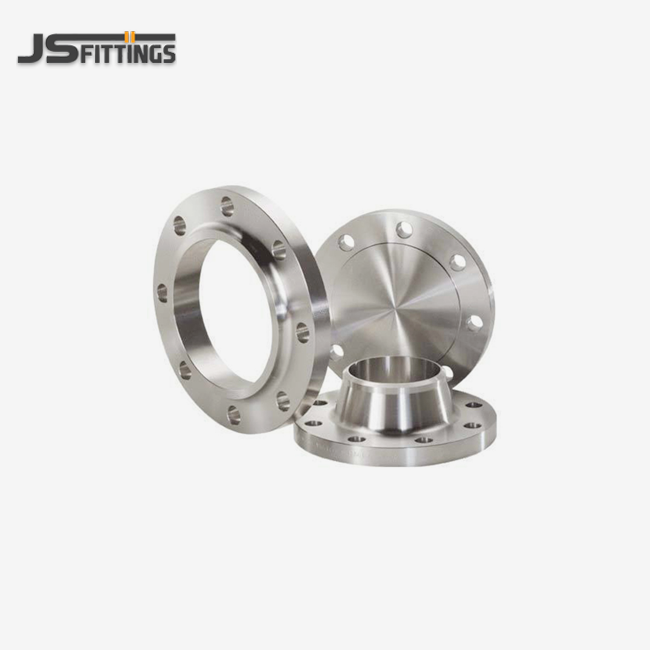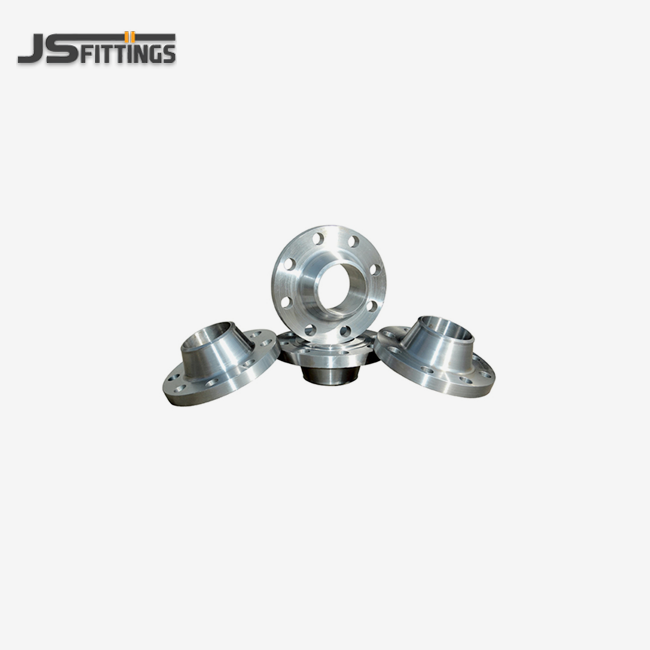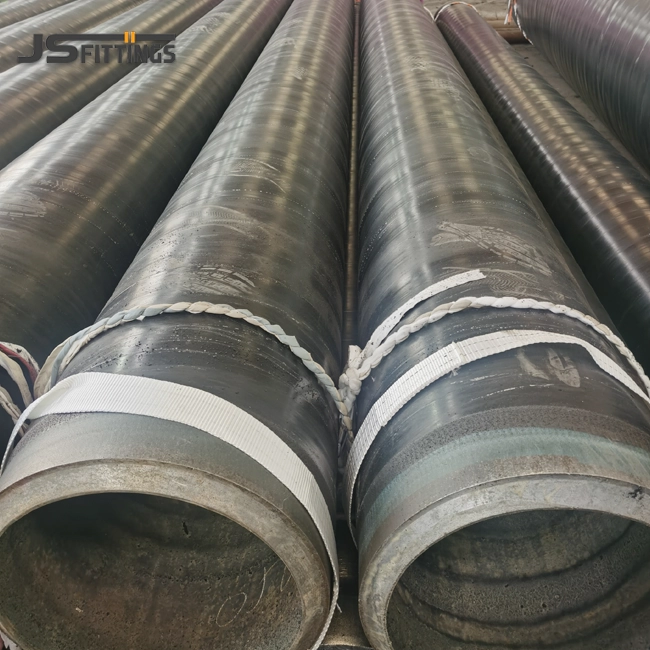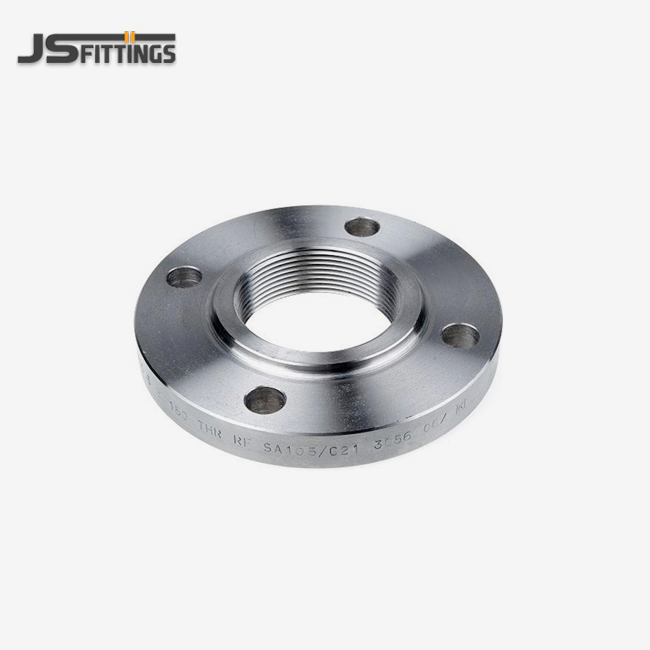Applicable material & dimension standards: ASME B16.9, EN 10253 / GOST
The specification of Buttweld End Cap fittings is primarily governed by three major standards: ASME B16.9, EN 10253, and GOST. Each of these standards provides comprehensive guidelines for materials, dimensions, and manufacturing processes.
ASME B16.9
ASME B16.9 is widely recognized in North America and many other regions. This standard covers factory-made wrought steel buttwelding fittings, including end caps. It specifies:
- Dimensional requirements
- Tolerances
- Material specifications
- Pressure-temperature ratings
ASME B16.9 ensures consistency in fitting dimensions, which is crucial for proper alignment and welding in piping systems. The standard covers a range of materials, including carbon steel, low-alloy steel, and stainless steel.
EN 10253
EN 10253 is the European standard for Buttweld End Cap fittings. It is divided into two parts:
- EN 10253-1: Wrought carbon steel fittings for general use
- EN 10253-2: Wrought carbon and ferritic alloy steel fittings with specific inspection requirements
This standard provides detailed specifications for materials, dimensions, tolerances, and testing requirements. It is widely used in Europe and other regions that follow European standards.
GOST Standards
GOST standards are primarily used in Russia and some CIS countries. For Buttweld End Cap fittings, relevant GOST standards include:
- GOST 17375: Butt-welding steel elbows
- GOST 17380: Butt-welding steel fittings
These standards provide specifications for dimensions, materials, and quality requirements specific to the Russian market and industries.
Material testing, certification, and traceability requirements
Ensuring the quality and reliability of Buttweld End Cap fittings involves rigorous material testing, certification, and traceability processes. These requirements are essential for maintaining safety and compliance in critical industrial applications.
Material Testing
Material testing for Buttweld End Cap fittings typically includes:
- Chemical composition analysis
- Tests of mechanical properties (tensile strength, yield strength, and extension)
- Impact testing (used in low-temperature settings)
- Checking to see if it stops rust (for some metals)
- Tests that don't hurt the thing being checked, like X-ray or ultrasound checks
These tests ensure that the materials used in manufacturing the fittings meet the required specifications and can withstand the intended operating conditions.
Certification Requirements
Certification for Buttweld End Cap fittings may include:
- There are different kinds of material test reports (MTRs) and certificates of conformity.
- Proof that a quality management system works (like ISO 9001)
- Certifications that are unique to a product, like the CE mark for sales in Europe
- Directive on Pressure Equipment (PED) follows the rules for tanks and devices that deal with pressure
These certifications provide assurance that the fittings meet industry standards and regulatory requirements.
Traceability
Traceability is crucial for quality control and safety in industrial applications. Traceability requirements for Buttweld End Cap fittings typically include:
- Unique identification markings on each fitting
- Heat number or batch number tracking
- Documentation linking raw materials to finished products
- Maintenance of production records and test results
Effective traceability systems allow for quick identification and resolution of any quality issues that may arise during the lifecycle of the piping system.
Welding procedures, PWHT, and inspection codes
The installation and integration of Buttweld End Cap fittings into piping systems requires specific welding procedures, post-weld heat treatment (PWHT), and inspection processes. These are governed by various codes and standards to ensure the integrity and safety of the welded joints.
Welding Procedures
Welding procedures for Buttweld End Cap fittings are typically governed by codes such as:
- Part IX of the ASME Boiler and Pressure Vessel Code
- AWS D1.1 Structural Welding Code for Steel
- EN ISO 15614: Specification and approval of welding processes for metals
These codes specify requirements for:
- Welding process selection
- Filler material compatibility
- Pre-heating and interpass temperature control
- Welding parameters and techniques
- Welder qualification
Post-Weld Heat Treatment (PWHT)
PWHT is often required for certain materials, wall thicknesses, and Buttweld End Cap fittings to relieve residual stresses and improve the mechanical properties of the welded joint. PWHT requirements are typically specified in codes such as:
- ASME B31.3: Process Piping
- ASME Section VIII: Rules for Construction of Pressure Vessels
These codes provide guidelines for:
- PWHT temperature ranges
- Heating and cooling rates
- Hold times at temperature
- Documentation and recording requirements
Inspection Codes
Inspection of welded joints in Buttweld End Cap fittings is crucial for ensuring quality and safety. Inspection processes are typically governed by codes such as:
- ASME B31.3: Process Piping
- API 1104: Welding of Pipelines and Related Facilities
- EN ISO 17637: Non-destructive testing of welds - Visual testing of fusion-welded joints
These codes specify requirements for:
- Visual inspection criteria
- Non-destructive testing methods include X-rays, ultrasound, and magnetic particles.
- Acceptance criteria for weld quality
- Documentation and reporting of inspection results
Adherence to these welding procedures, PWHT requirements, and inspection codes ensures that Buttweld End Cap fittings are properly integrated into piping systems, maintaining their integrity and safety throughout their operational life.
Conclusion
The specification of Buttweld End Cap fittings is governed by a comprehensive set of standards that ensure safety, reliability, and performance in industrial piping systems. From material and dimensional standards like ASME B16.9 and EN 10253 to rigorous testing, certification, and traceability requirements, these specifications form the foundation for quality assurance in fitting manufacturing and application.
Moreover, the installation process, including welding procedures, post-weld heat treatment, and inspection, is guided by established codes that maintain the integrity of the entire piping system. By adhering to these standards and codes, industries can minimize risks, ensure compliance, and optimize the performance of their piping systems.
For EPC contractors, distributors, engineering firms, and industrial end-users seeking high-quality Buttweld End Cap fittings that meet these stringent standards, Hebei Jinsheng Pipe Fitting Manufacturing Co., Ltd (JS FITTINGS) offers a comprehensive range of solutions. With over 40 years of experience, advanced production facilities, and certifications including ISO 9001, CE, and GOST-R, JS FITTINGS is committed to providing competitively priced, high-performance fittings that meet the most demanding industrial applications.
FAQ
1. What materials are commonly used for Buttweld End Cap fittings?
Buttweld End Cap fittings are typically manufactured from carbon steel, alloy steel, and stainless steel. The choice of material depends on the specific application requirements, including pressure, temperature, and corrosive environment considerations.
2. How do I ensure the traceability of Buttweld End Cap fittings?
Traceability is maintained through unique identification markings on each fitting, heat or batch number tracking, and comprehensive documentation linking raw materials to finished products. Always request and maintain Material Test Reports (MTRs) and certificates of conformity for your fittings.
3. Are special coatings available for Buttweld End Cap fittings?
Yes, Buttweld End Cap fittings can be treated with various surface coatings to enhance corrosion resistance. Common options include sandblasting with anti-rust oil application, water-based eco-friendly paint, and epoxy coatings. The choice of coating depends on the specific environmental conditions and project requirements.
4. How do I verify that a Buttweld End Cap fitting meets the required standards?
To verify compliance, check the fitting's markings for standard designations (e.g., ASME B16.9), review the provided Material Test Reports and certificates, and ensure the manufacturer has relevant quality certifications such as ISO 9001. For critical applications, third-party inspection and testing may be advisable.
High-Quality Buttweld End Cap Fittings Manufacturer and Supplier | JS FITTINGS
Want to find effective butt weld end cap fittings that meet both foreign standards and the needs of your project? JS FITTINGS is the company you can trust to give you high-quality fittings at a good price. We make sure that every part we make meets the greatest industry standards by using our many years of experience, advanced production skills, and a wide range of certifications.
No matter what kind of steel we use, our Buttweld End Cap fittings are made from it. They are various sizes and shapes. We can also make options that are just right for your project. All our products are backed by rigorous quality control processes and complete technical documentation.
To discuss your Buttweld End Cap fitting requirements or request a quote, please contact our expert team at admin@chinajsgj.com. We're committed to providing you with the best solutions for your industrial piping needs.
References
1. American Society of Mechanical Engineers. (2017). ASME B16.9-2018: Factory-Made Wrought Buttwelding Fittings.
2. European Committee for Standardization. (2011). EN 10253-2:2007 Butt-welding pipe fittings - Part 2: Non-alloy and ferritic alloy steels with specific inspection requirements.
3. American Welding Society. (2020). AWS D1.1/D1.1M:2020 Structural Welding Code - Steel.
4. International Organization for Standardization. (2017). ISO 15614-1:2017 Specification and qualification of welding procedures for metallic materials — Welding procedure test — Part 1: Arc and gas welding of steels and arc welding of nickel and nickel alloys.
5. American Petroleum Institute. (2021). API 1104:2021 Welding of Pipelines and Related Facilities.
6. International Organization for Standardization. (2016). ISO 17637:2016 Non-destructive testing of welds — Visual testing of fusion-welded joints.
